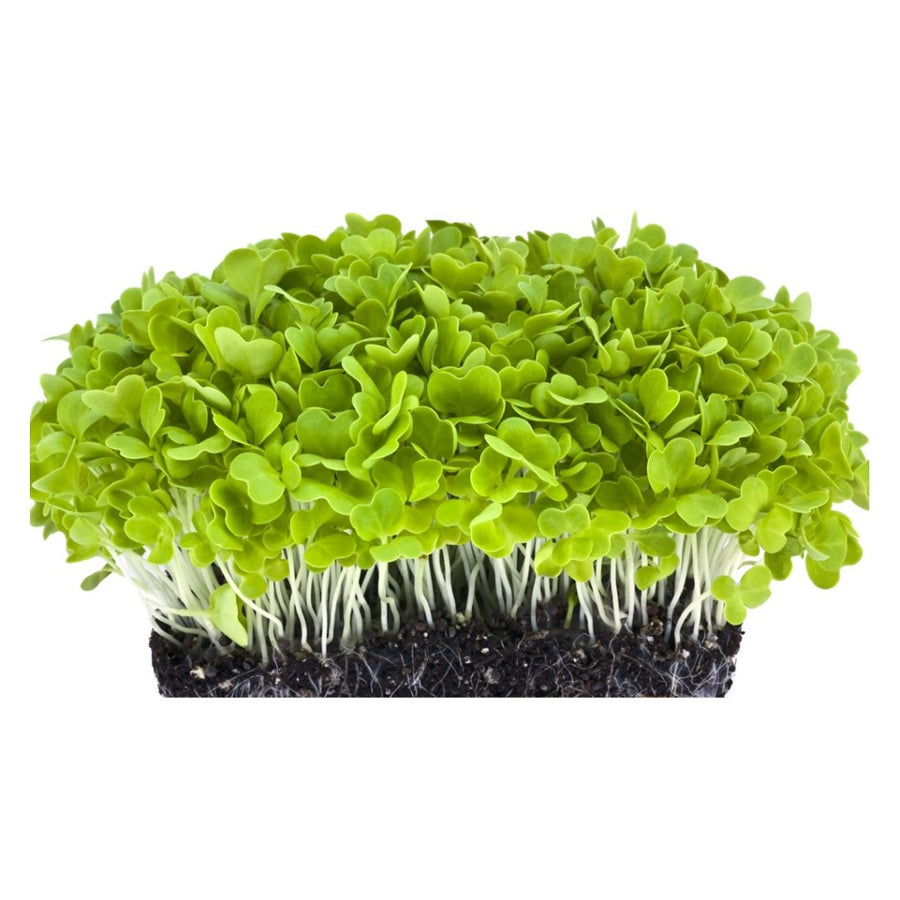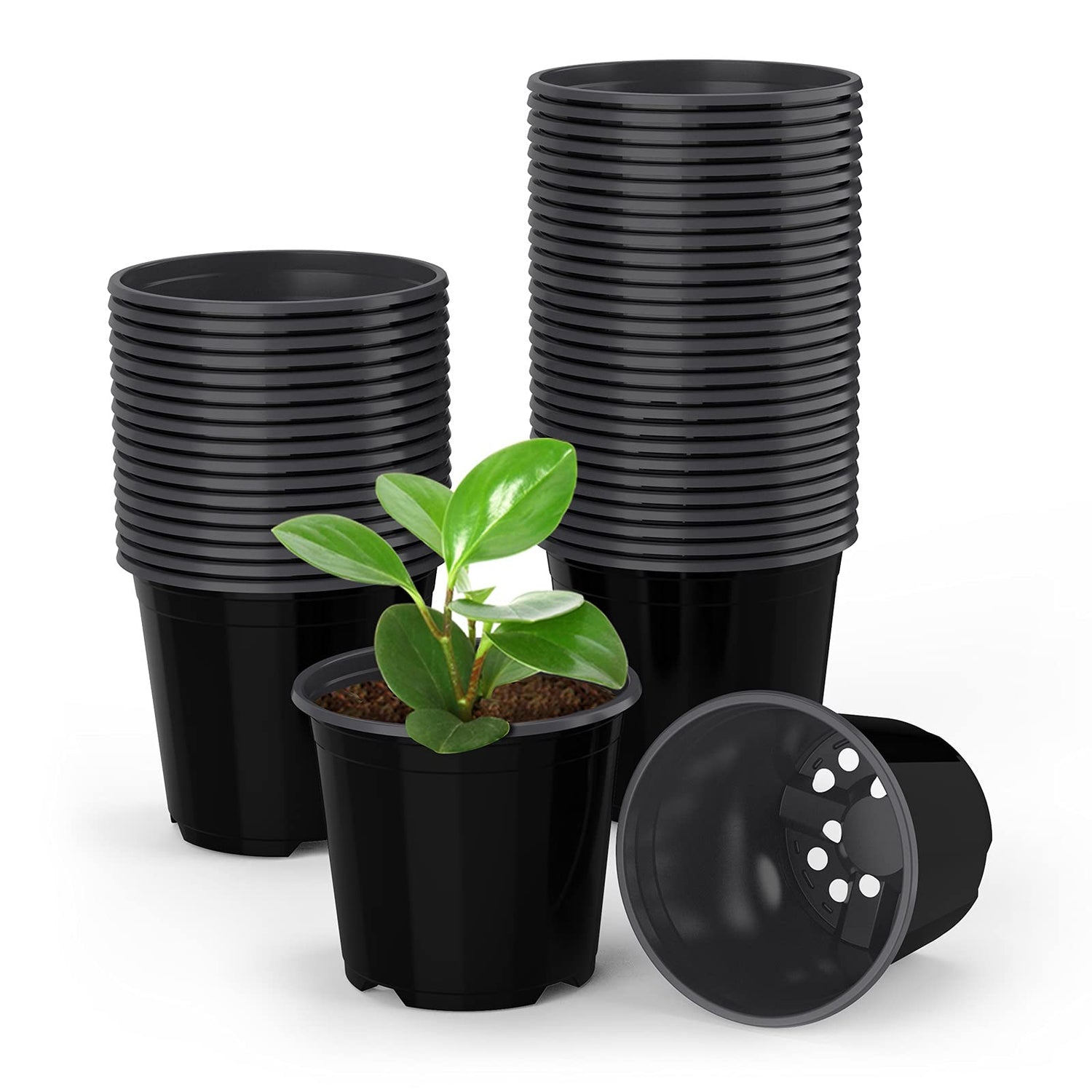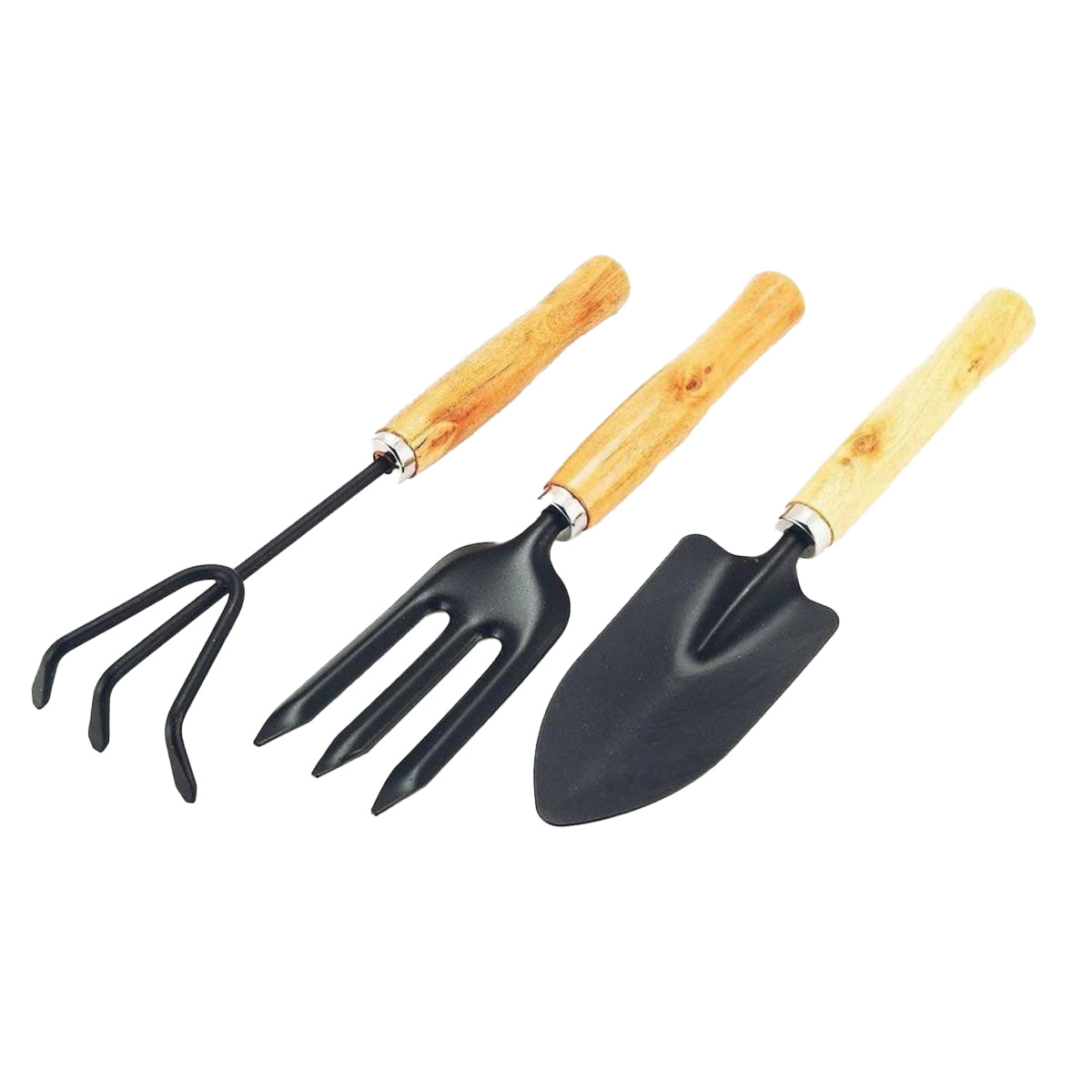
Cabbage Microgreens – Crisp, Mild, and Packed with Nutrition
Cabbage microgreens grow into small, crunchy shoots with soft green leaves and pale stems. Their flavour is mild and slightly sweet, making them one of the easiest microgreens to add to salads, sandwiches, wraps, soups, and garnish bowls. These microgreens are ready quickly — usually in 7–12 days — and are naturally rich in vitamin C, vitamin K, antioxidants, and fiber, offering a simple way to boost everyday meals.
They grow reliably in shallow trays, adapt well to indoor light, and stay compact, making them a great choice for small kitchens and indoor gardening setups. If you want fast-growing greens that stay crisp and flavour-balanced, cabbage microgreens are a perfect pick.
Benefits of Cabbage Microgreens
- Mild flavour: Easily fits into salads, wraps, smoothies, and healthy bowls.
- Fast growth: Harvestable in 7–12 days, even in cooler rooms.
- Nutrient dense: Naturally high in vitamins A, C, K, and antioxidants.
- Indoor friendly: Thrive under indirect sunlight or tube lights.
- Great for beginners: Strong germination and dependable results in small trays.
How to Grow Cabbage Microgreens at Home
1. Prepare the Tray
- Use a shallow tray 1–2 inches deep with drainage holes.
- Fill with moist cocopeat or a thin compost layer (about 1 cm).
- Level gently to keep the surface even without compacting it too much.
2. Sow the Seeds
- Cabbage seeds don’t require soaking.
- Spread the seeds evenly across the tray in a single layer.
- Press lightly for surface contact and mist thoroughly.
- Cover with a lid, cloth, or paper for the first 2–3 days to support sprouting.
3. Light & Water
- Once seeds sprout, remove the cover.
- Place the tray in bright, indirect light or under indoor lighting.
- Mist 1–2 times daily, keeping the top layer evenly moist.
- Ensure mild airflow around the tray to prevent humidity buildup.
4. Harvest Time
- Ready in 7–12 days, depending on temperature.
- Harvest when leaves are open and stems are crisp and upright.
- Cut just above the medium using clean scissors.
- Use fresh for the best taste, crunch, and nutrient value.
Soil-Free Growing Option
Cabbage microgreens also grow well on:
- Loose cocopeat only, or
- A damp jute or grow mat placed in a shallow tray
Maintain even moisture and follow the same sprouting/harvesting steps.
FAQs – Cabbage Microgreens
Do cabbage seeds need soaking?
No. They germinate quickly without soaking.
Why are my cabbage microgreens turning purple?
A mild purple tint is normal in cabbage seedlings and usually linked to temperature variation or strong light. It does not affect quality.
Can cabbage microgreens regrow after cutting?
No. After harvesting, start a fresh tray for the next cycle.
Where should I grow them indoors?
A bright shelf, window ledge, or kitchen counter with indirect light and airflow works well.
How can I use cabbage microgreens?
Add them to salads, wraps, garnish plates, egg dishes, soups, and smoothies for crunch and color.







